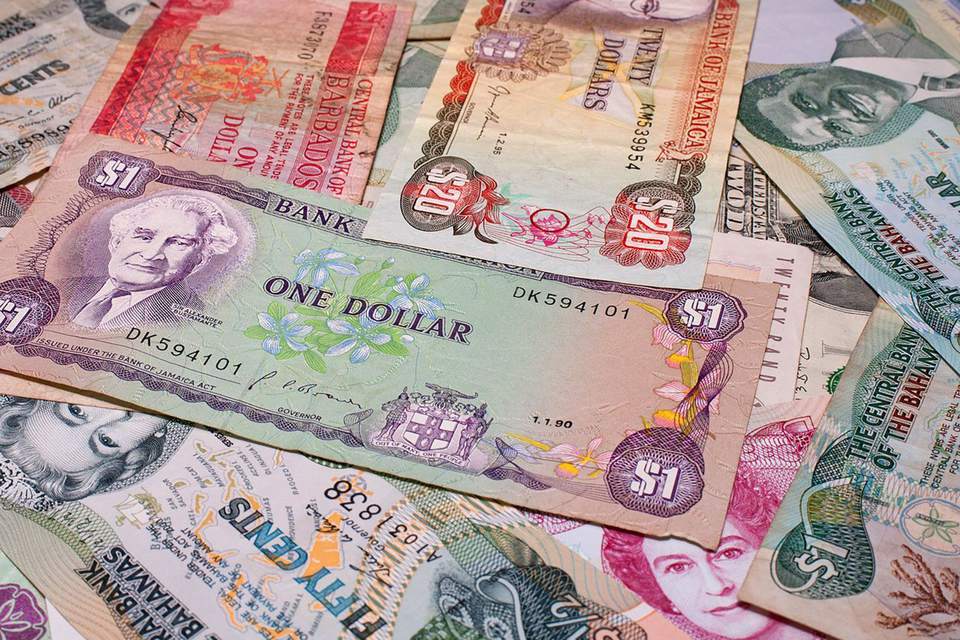Sri Lanka’s foreign net capital outflows have reached to a new high of around US$500 million (0.6 percent of GDP) as of early September since mid February, mostly from the domestic treasury securities market, official data revealed. .
The Sri Lankan currency has also depreciated by around 2 percent against the US dollar since that time. Sri Lanka’s EMBIG spread remains about twice its mid-February level.
The local authorities have introduced stringent measures for a period of six months, aimed at restricting capital outflows, through suspension of outward investment payments.
There are also import restrictions of certain goods, including some agricultural produce and ethanol, as well as prohibiting commercial banks facilitating imports of vehicles.
Outward remittances have been suspended, while inward remittances will be exempted from certain regulations and taxes.
On July 24, Central Bank and the Reserve Bank of India entered a US$400 million swap under the Framework on Currency Swap Arrangement for SAARC countries.
The gross official reserves were estimated at US dollars 7,430.1 mn as at 31st August 2020
The reserve money increased during the week ending Friday October 02 compared to the previous week mainly due to the increase in deposits held by the commercial banks with the Central Bank.
The total outstanding market liquidity was a surplus of Rs. 139.401 bn by end of this week, compared to a surplus of Rs. 188.968 bn by the end of last week.
Given the cross currency exchange rate movements, the Sri Lankan rupee appreciated against the Indian rupee (0.9 per cent) and pound sterling (0.2 per cent) while depreciating against the the Euro (6.1 per cent) and the Japanese yen (4.6 per cent) during this period.
As of early September, there have been net capital outflows of around US$500 million (0.6 percent of GDP) since mid February, mostly from the domestic treasury securities market. The Sri Lankan currency has also depreciated by around 2 percent against the US dollar since that time. Sri Lanka’s EMBIG spread remains about twice its mid-February level.
(LIN)

